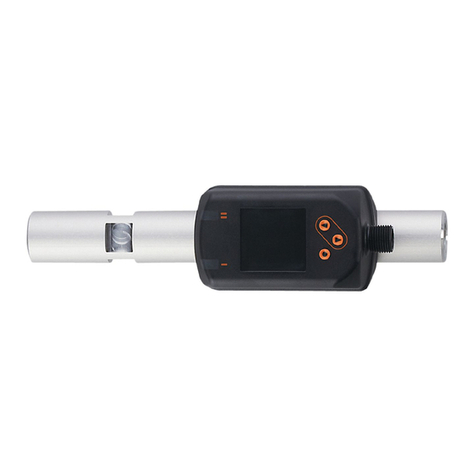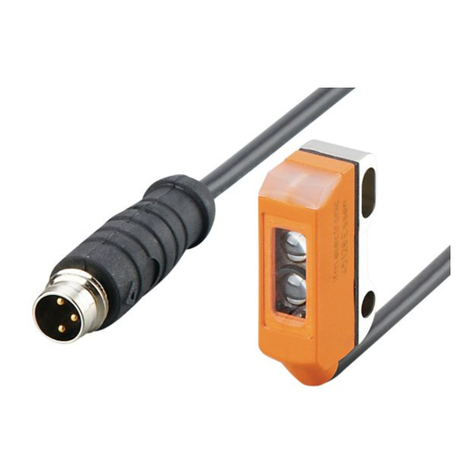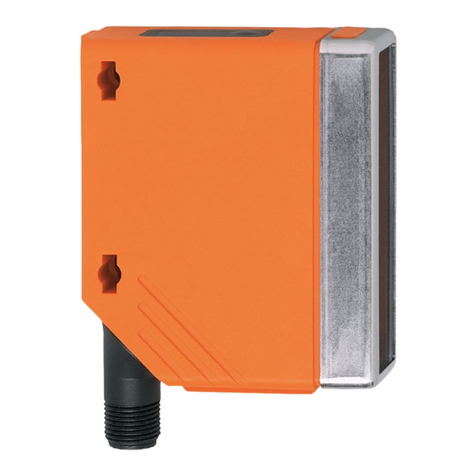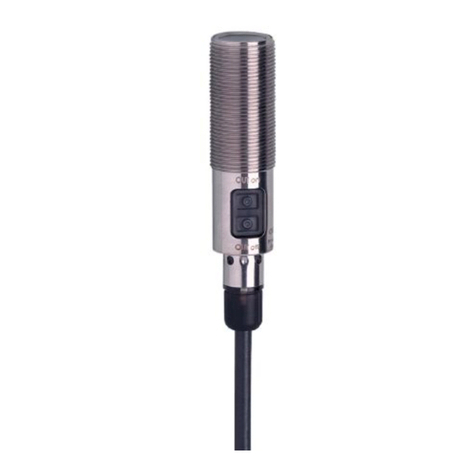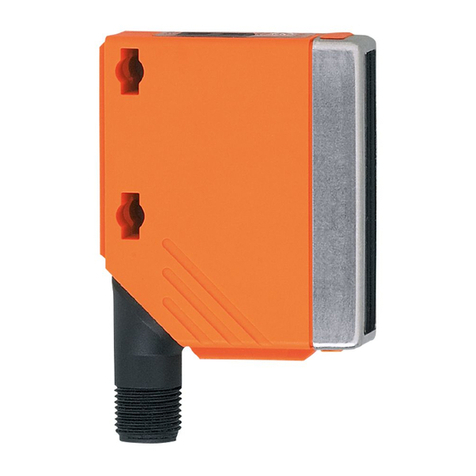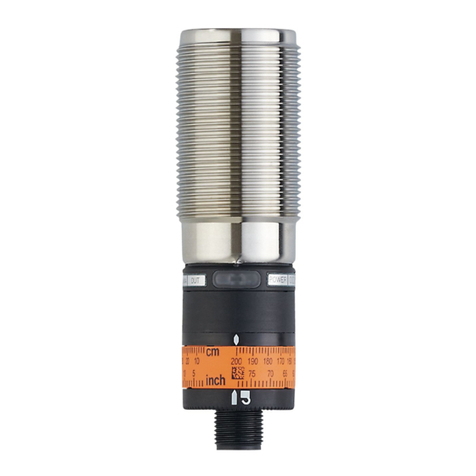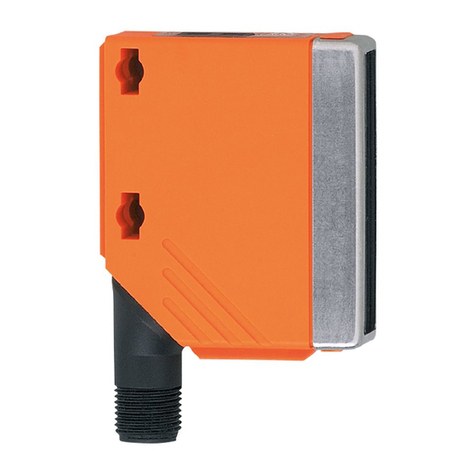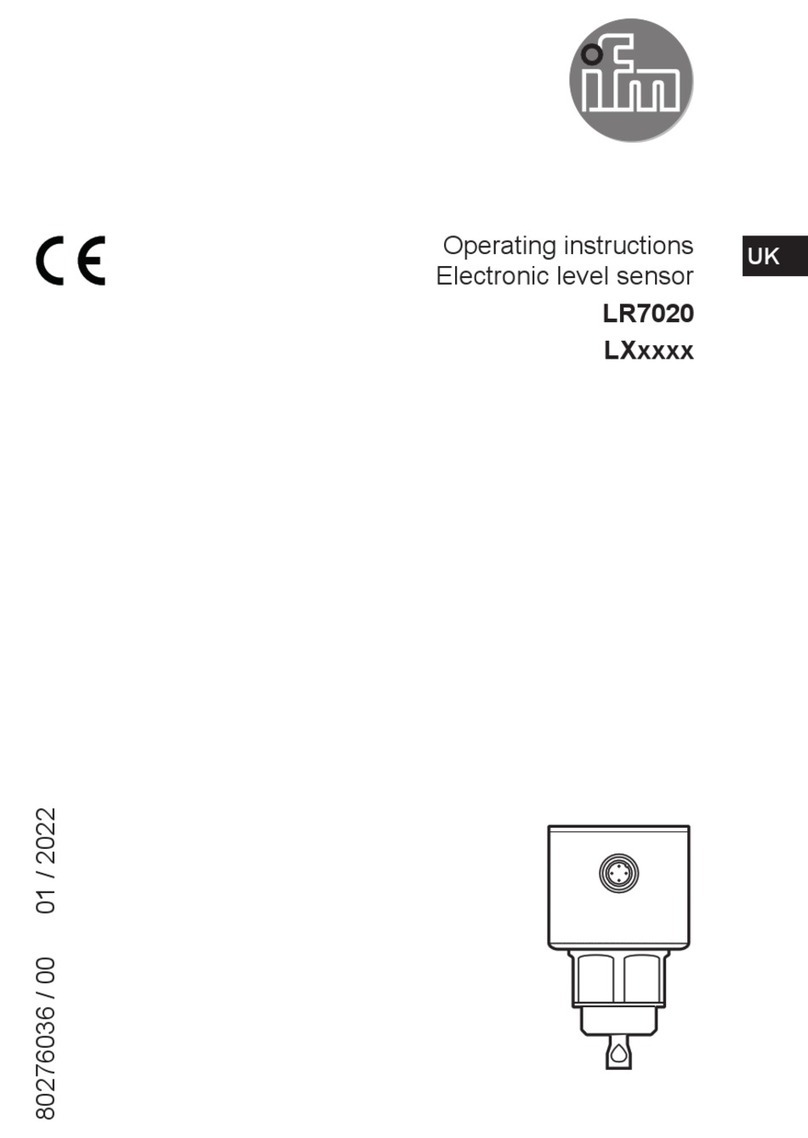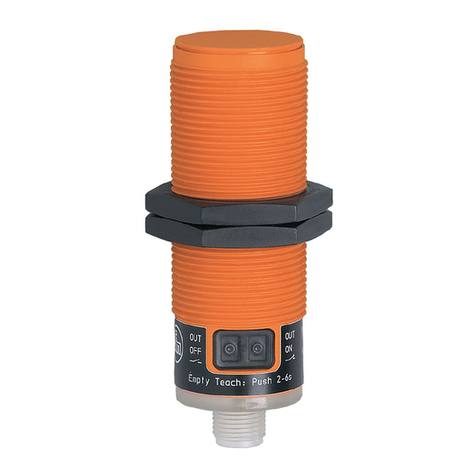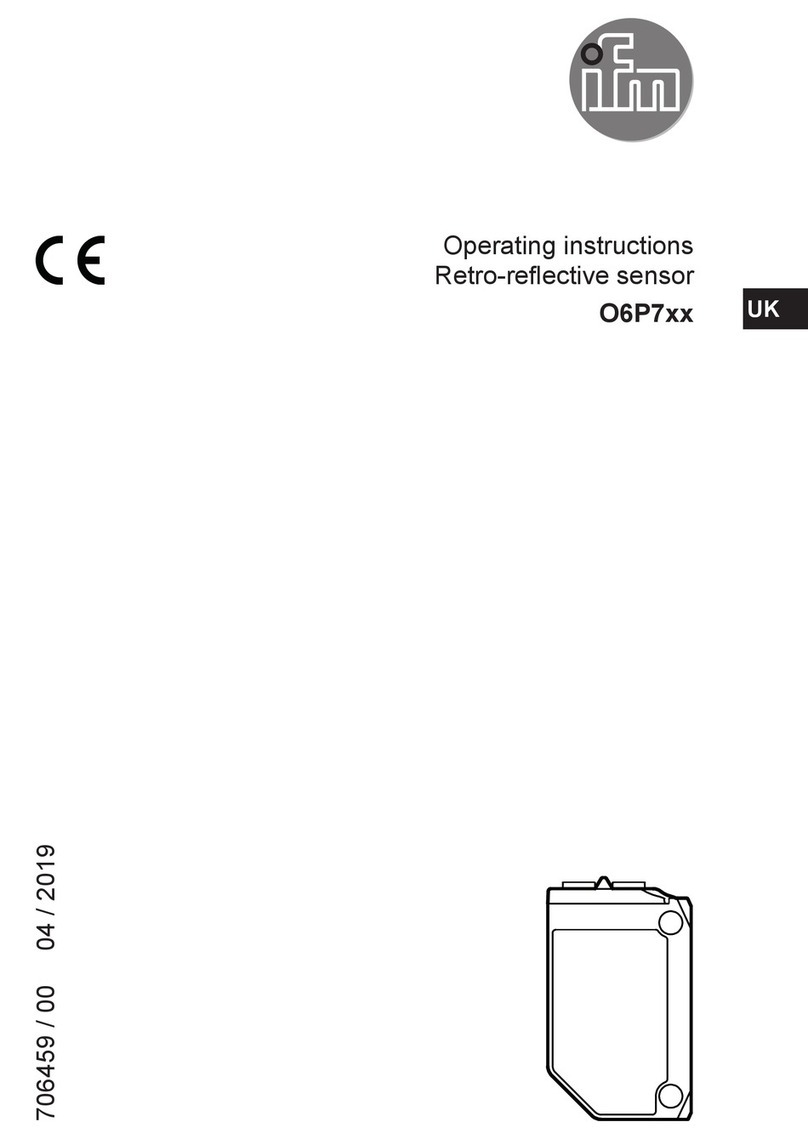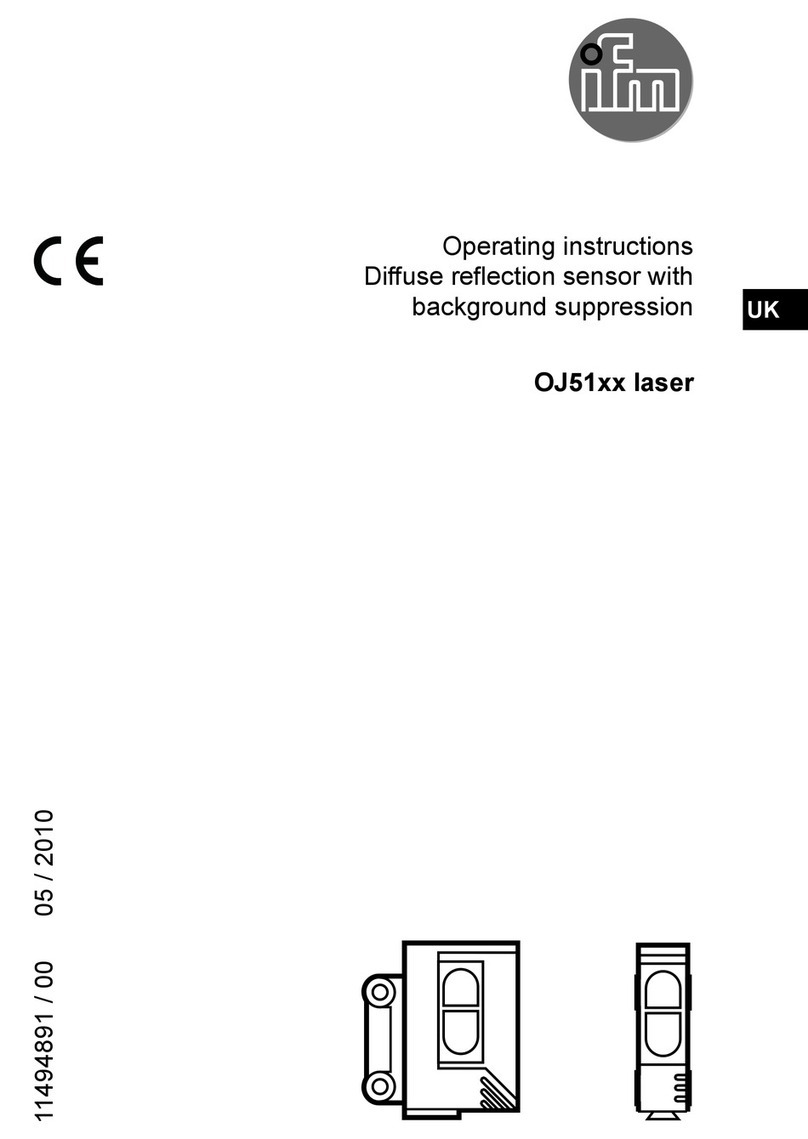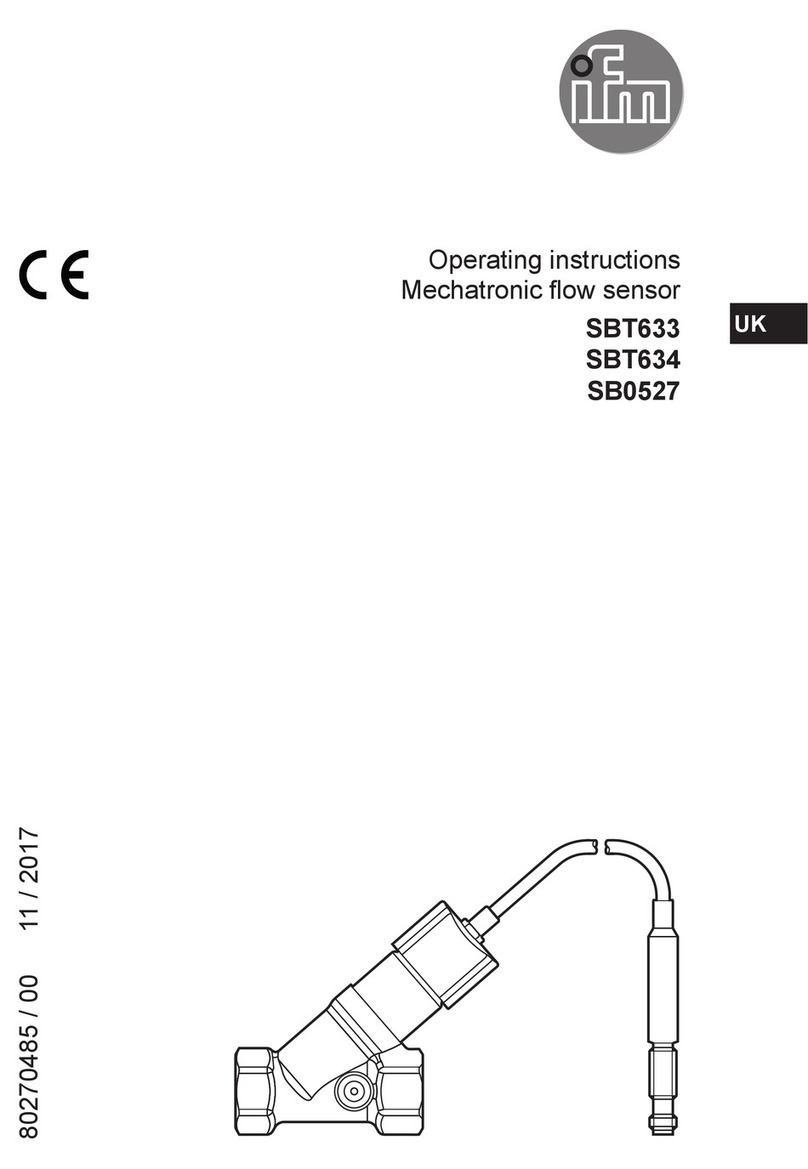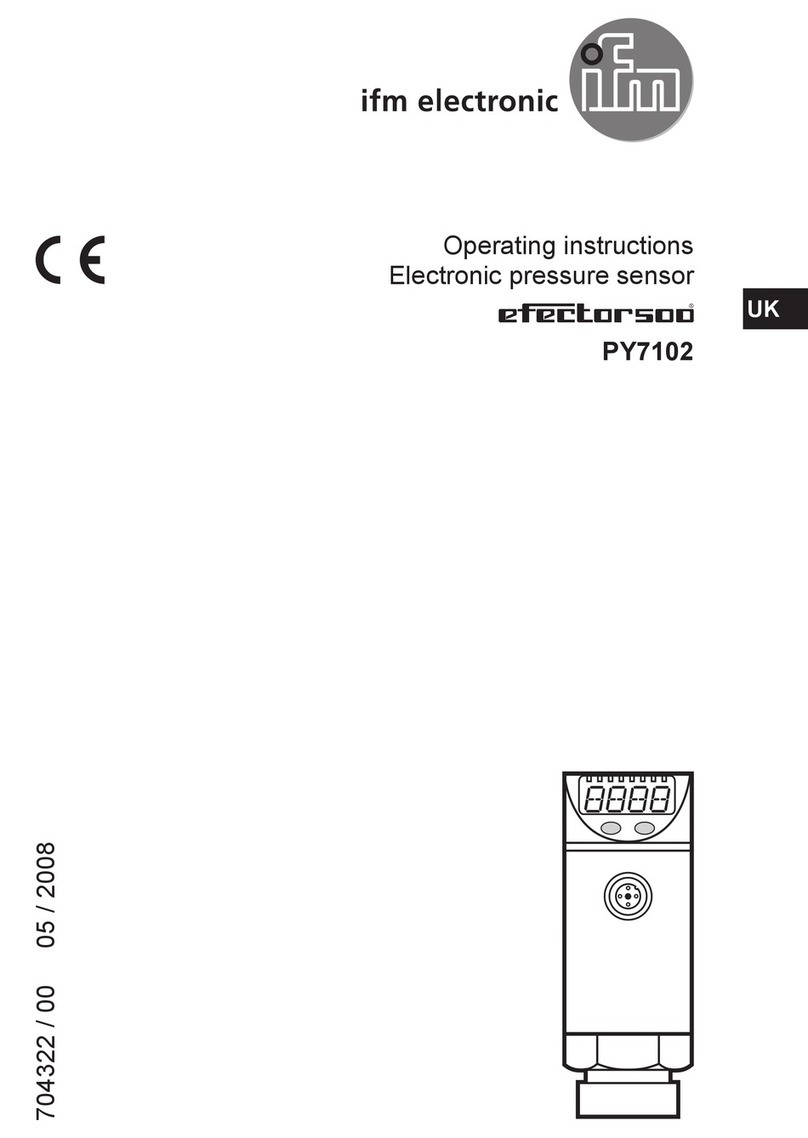
3
UK
10 Parameter setting ............................................................................................24
10.1 Parameter setting in general .....................................................................24
10.2 Basic settings ...........................................................................................25
10.2.1 Assign process values to the outputs [SEL3] / [SEL4]......................25
10.2.2 Assign process value to the display [SELd]......................................25
10.2.3 Define unit of measurement for level [uni.L] .....................................26
10.2.4 Set the unit of measurement for the temperature [uni.T]..................26
10.2.5 Set the offset [OFS] ..........................................................................26
10.2.6 Set the medium [MEdI] .....................................................................26
10.2.7 Set the overflow prevention [OP]......................................................27
10.2.8 Adjust the overflow prevention [cOP]................................................28
10.3 Setting of output signals ............................................................................29
10.3.1 Set output function [oux] für OUT1...OUT4 ......................................29
10.3.2 Define the switching limits [SPx] / [rPx] (hysteresis function) ...........29
10.3.3 Define switching limits [FHx] / [FLx] (window function).....................30
10.3.4 Set set delay [dSx] ...........................................................................30
10.3.5 Set reset delay [drx] .........................................................................30
10.3.6 Define switching logic [P-n] .............................................................30
10.3.7 Define response of the outputs in case of a fault [FOUx] .................30
10.3.8 Configure display [diS]......................................................................31
10.3.9 Reset all parameters to factory settings [rES] ..................................31
11 Notes on parameter setting via IO-Link ...........................................................31
12 Operation.........................................................................................................32
12.1 Operating indicators ..................................................................................32
12.2 Read the set parameters ...........................................................................32
12.3 Read / reset extreme value memory temperature .....................................33
12.4 Fast selection level / temperature..............................................................33
12.5 Error indications.........................................................................................33
12.6 Output response in different operating states............................................34
13 Technical data..................................................................................................34
13.1 Setting values [OFS]..................................................................................34
13.2 Setting ranges switching limits for level ....................................................34
13.3 Setting ranges switching limits for temperature.........................................35
13.4 Setting values [OP]....................................................................................35
13.5 Calculation aids [OP] .................................................................................36
13.5.1 Definition "from the cover“ ................................................................36

